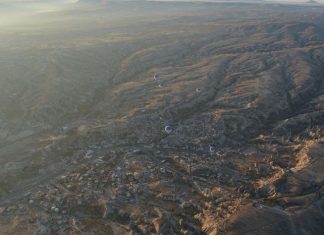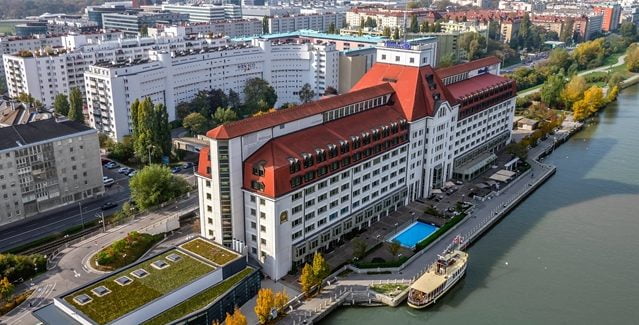Jerusalem and its holy sites
We then reached Jerusalem (may God ennoble her !), third in excellence after the two holy shrines of Mecca and Medina and the place whence the Prophet was caught up into heaven. Its walls were destroyed by the illustrious King Saladin and his Successors, for fear lest the Christians should seize it and fortify themselves in it. The sacred mosque is a most beautiful building, and is said to be the largest mosque in the world. Its length from east to west is put at 752 “royal” cubits and its breadth at 435. On three sides it has many entrances, but on the south side I know of one only, which is that by which the imam enters.
The entire mosque is an open court and unroofed, except the mosque al-Aqsa, which has a roof of most excellent workmanship, embellished with gold and brilliant colours. Some other parts of the mosque are roofed as well. The Dome of the Rock is a building of extraordinary beauty, solidity, elegance, and singularity of shape. It stands on an elevation in the centre of the mosque and is reached by a flight of marble steps. It has four doors. The space round it is also paved with marble, excellently done, and the interior likewise. Both outside and inside the decoration is so magnificent and the workmanship so surpassing as to defy description.
The greater part is covered with gold so that the eyes of one who gazes on its beauties are dazzled by its brilliance, now glowing like a mass of light, now flashing like lightning. In the centre of the Dome is the blessed rock from which the Prophet ascended to heaven, a great rock projecting about a man’s height, and underneath it there is a cave the size of a small room, also of a man’s height, with steps leading down to it. Encircling the rock are two railings of excellent workmanship, the one nearer the rock being artistically constructed in iron and the other of wood.
The Christian holy places
Among the grace-bestowing sanctuaries of Jerusalem is a building, situated on the farther side of the valley called the valley of Jahannam [Gehenna] to the east of the town, on a high hill. This building is said to mark the place whence Jesus ascended to heaven. In the bottom of the same valley is a church venerated by the Christians, who say that it contains the grave of Mary.
Read More about Belphagor part 1








